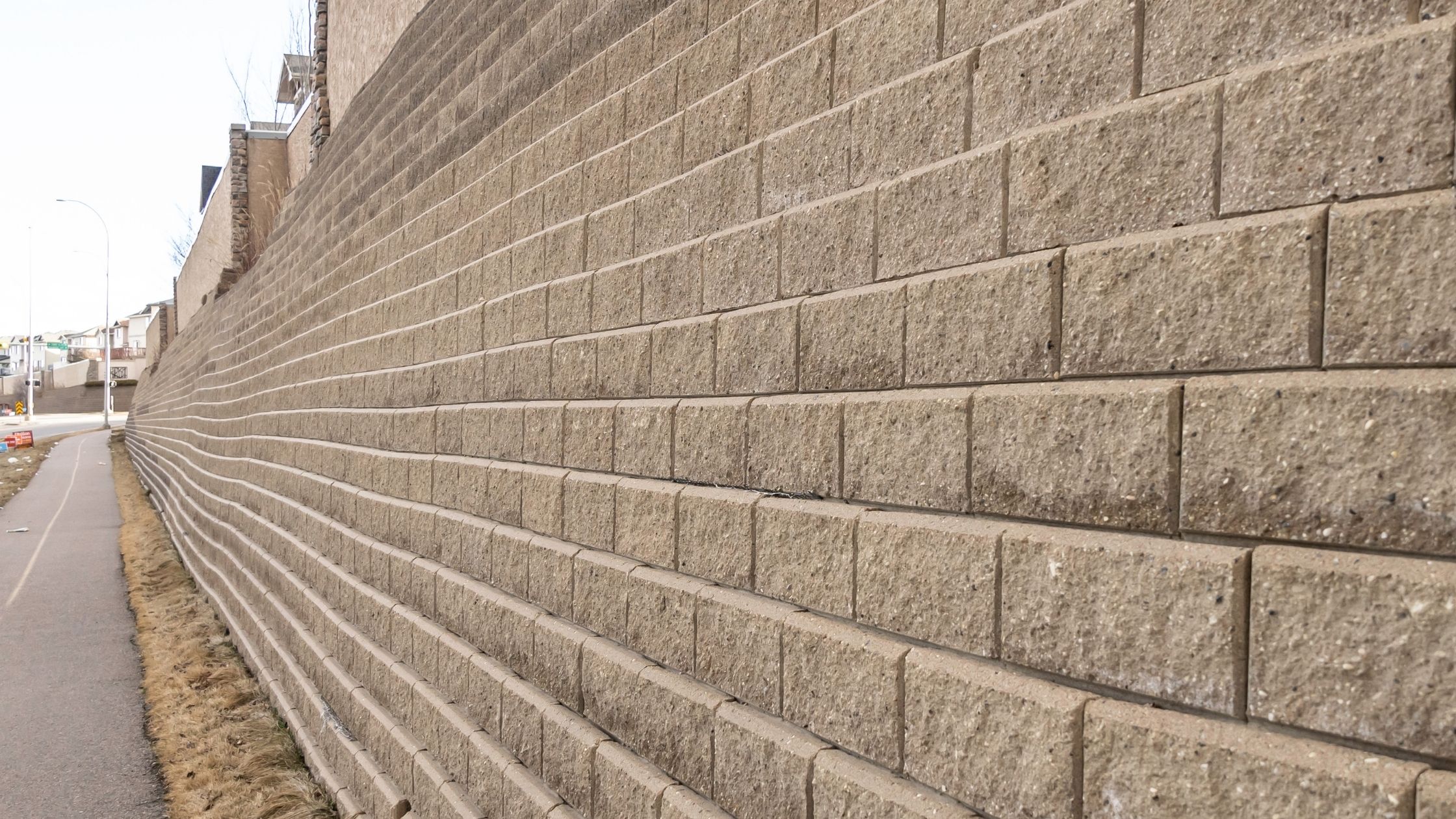Retaining walls vary widely with regard to size, function, and materials, and it can be challenging to understand the ideas or reasoning behind these structures’ height, scale, and layout. A retaining wall may be simple in terms of structure and design; for example, a short wall to add an aesthetic to an outdoor space. Or it can be more complex such as adding an enormous wall retaining thousands of pounds of soil along an interstate or highway.
Most people will not understand the cost, load design, or practicality of retaining walls, which is why they’ll search for a structural engineer for their retaining wall. This article will educate you about the available options, focusing on retaining walls for residential projects.
Meeting with a Contractor
For residential projects, typically the easiest way for you to begin this process is to discuss the logistics and layout with a contractor. A contractor can provide you with a basic design concept, the project’s plausibility, and a rough cost. However, when it comes to the design of retaining walls, contractors refer to the 2018 North Carolina Building Code: Residential Code (NCBC: RC).
Per section 404.4 in NCBC: RC, retaining walls need to be laterally supported at the top, and the retain should be in excess of 48 inches of unbalanced fill to ensure stability against overturning, sliding, excessive foundation pressure, and water uplift. Per these instructions in the code, a qualified structural engineer will design anything that meets these regulations.
Contacting a Professional Engineer
If a project requires engineering services, the contractor will contact a professional engineer (P.E.) about the project scope. Next, the contractor will specify what type of retaining wall you want, the height of the needed wall, and possible load information which could cause failure. After providing this information, the engineer will begin the design process for the retaining wall.
Working with a Structural Engineer for Retaining Walls
Working with a knowledgeable structural engineer for your retaining wall will help to ensure the wall meets the necessary standards. At Areté Engineers, we have a team of structural engineers who can help with your retaining wall needs.
For design specifications, our team follows the Design Manual for Segmental Retaining Wall by the National Masonry Concrete Association and typical ASTM standards. They look at the different geogrids that can provide the best reinforcement and stabilization for a retaining wall during the engineering process. Many production companies of retaining wall blocks have already done testing on the geogrid that works best with their product. However, each site and wall are slightly different, and your project’s P.E will review it to determine what will work best for your project.
When to Contact a Structural Engineer to Fix a Retaining Wall?
Not everyone is building a new retaining wall. Instead, plenty of people will move into a new residence that already has one in place. If you’re moving into a home with an existing retaining wall, you might have concerns about what happens if it fails or loses stability. The failure of these walls can cause a collapse, injure nearby structures or individuals, and damage personal property.
To ensure the retaining wall is safe, you must have a professional inspect the wall for bulging, cracks, and tilting of the wall face. If they see signs of failure, it would be time to contact an engineer to evaluate the retaining wall. The engineer could give valuable information as to why it’s failing, such as lack of geogrid reinforcement, construction flaws, or the wall’s design didn’t include the correct load, and provide you with advice on how to resolve the issue.
Learn How Areté Engineers Can Help You
You now have a deeper understanding of what a retaining wall is and when to contact a structural engineer for your retaining wall.
To learn more about our services, contact the Areté Engineers team and find out how we can help you with your next project.


